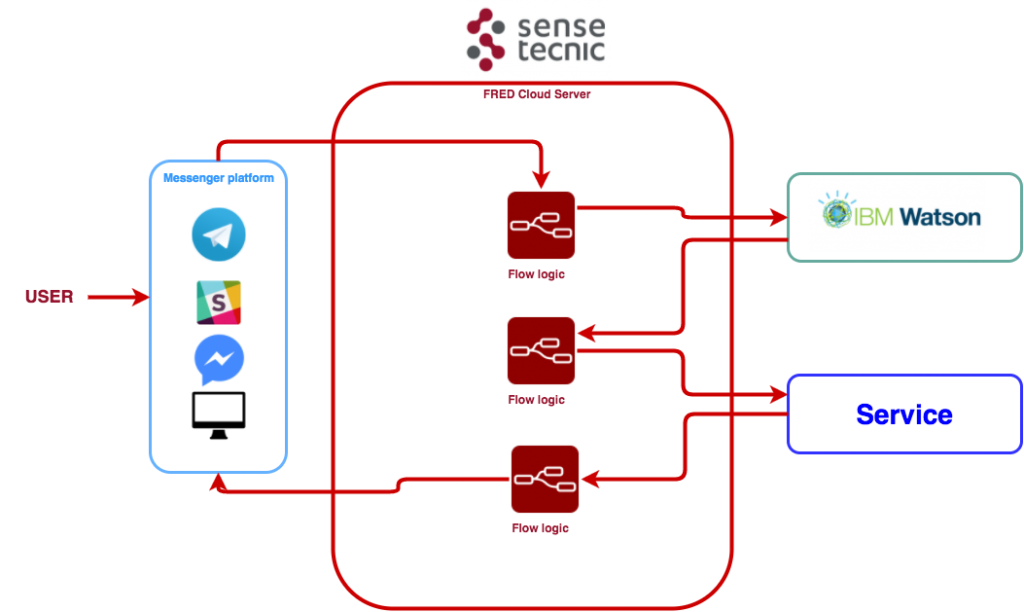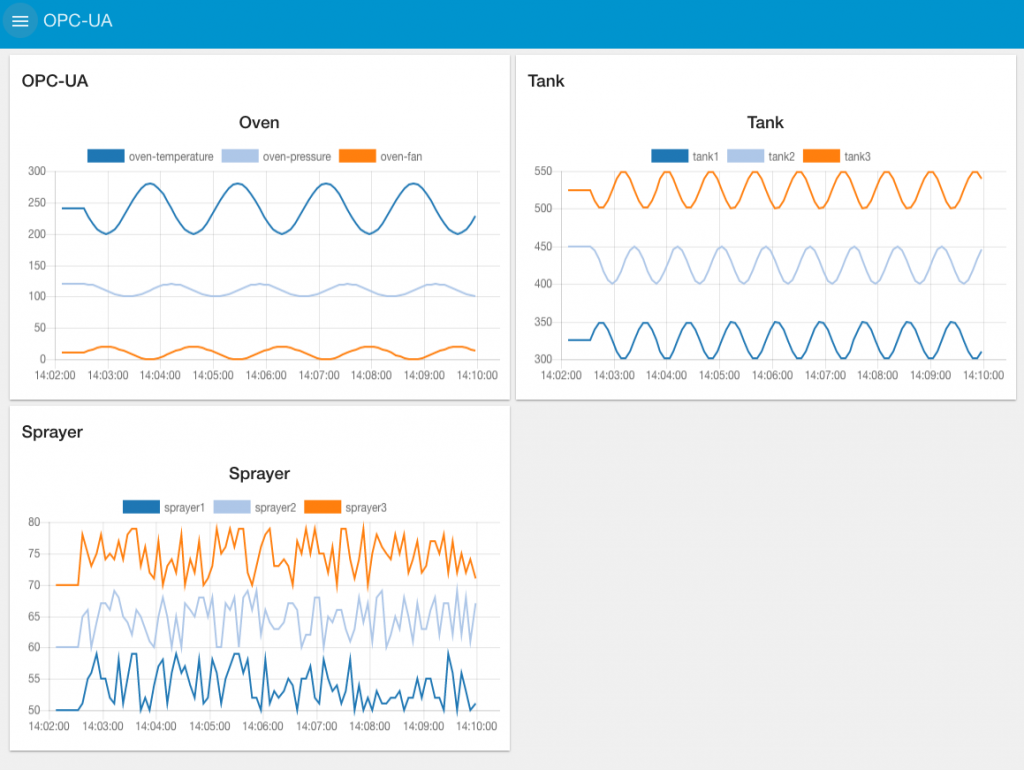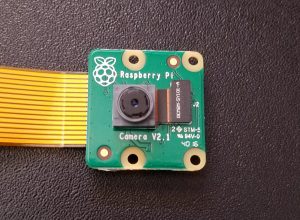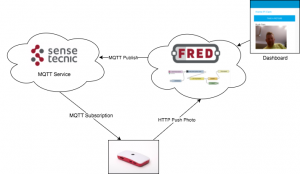This lecture is a set of links to advanced tutorials we have written. These include:
- Tutorial: Using FRED (Cloud Node-RED) to build an AI chatbot using IBM Watson
- Tutorial: Using FRED (Cloud Node-RED) with the GE Predix Timeseries Microservice
- Tutorial: Using OPC-UA with FRED (Cloud Node-RED)
- Monitor a Pi Zero hosted security camera with Node-RED & MQTT
Tutorial: Using FRED (Cloud Node-RED) to build an AI chatbot using IBM Watson
This tutorial shows you how to use FRED — a cloud-based Node-RED — to build an AI chatbot using the IBM Watson Conversation service as the Natural Language Understanding (NLU) agent. Building a smart chatbot can be complex. In this tutorial, we will show you how to build an AI chat bot by writing a Node-RED flow on the cloud-service (FRED) that can handle multiple users and maintain the context of conversations on the cloud server. We will be using the node-red-contrib-chatbot node and the node-red-node-watson node. We will also show you how to set up the IBM Watson Conversation service and use it to interpret natural English language input from users. Finally, we will use the Walmart database API in the tutorial sample for product information.
We have provided sample code here. If you do not know how to import flows, you can refer to this article.
The full tutorial is available here
Tutorial: Using FRED (Cloud Node-RED) with the GE Predix Timeseries Microservice
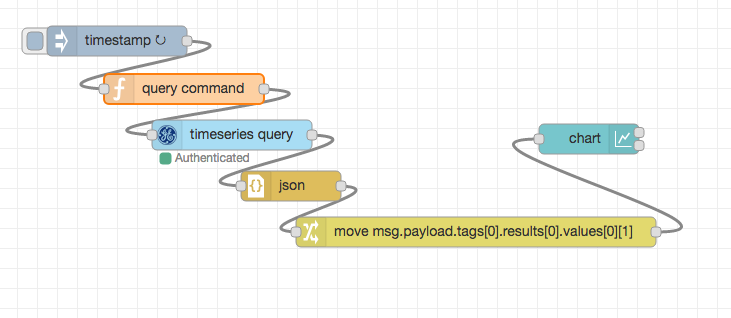
Tutorial: Using OPC-UA with FRED (Cloud Node-RED)
OPC Unified Architecture (OPC UA) is a popular machine-to-machine communication protocol in industrial automation. It is a sophisticated, scalable and flexible mechanism for establishing secure connections between clients and servers. FRED is a Cloud-hosted Node-RED platform that can be used to provide an easy and reliable solution to process and monitor data from your OPC UA server. This tutorial will be focusing on how to send data from a local OPC UA server to FRED using node-red-contrib-opcua, the STS-MQTT platform, and how we can further process the data using FRED.
The full tutorial is available here
Monitor a Pi Zero-hosted security camera with Node-RED, FRED and STS-MQTT
The new Pi Zero is a great hardware platform for creating all kinds of interesting hardware gadgets. With built-in bluetooth, wifi, and a camera connector, it seems like the ideal system for creating a security cam. Of course one of the best things about the Pi Zero is that it runs Node-RED!
Here we’ll outline how you can trigger the Pi camera for remote monitoring using Node-RED running on the Pi. Then we will we will show you how to use the FRED cloud hosted Node-RED platform and the Sense Tecnic MQTT service to trigger and view the camera from any location and integrate the camera image in a dashboard.
The full tutorial is available here
